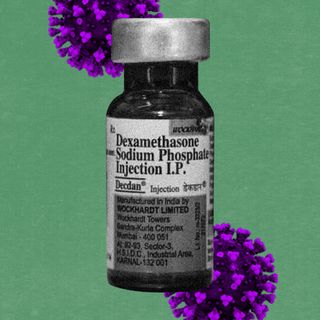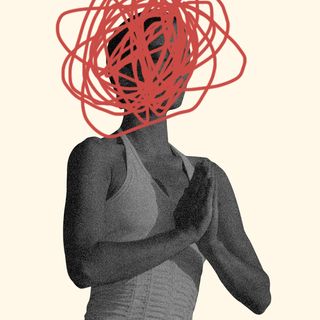The world is currently racing to develop a safe, effective, and accessible Covid19 vaccine. While these efforts tout new achievements every day and take us closer to a way out of this pandemic, medical experts and ethicists have also been trying to figure out one important, soon-to-be-pressing question: when we finally do get a Covid19 vaccine, its doses will be limited; so, who will get it first?
People who are at high risk of contracting Covid19 and who are at risk for having severe symptoms should be prioritized, according to a proposal published last week by the U.S. National Academies of Sciences, Engineering, and Medicine. It drew its recommendations from past vaccination attempts during the H1N1 and Ebola outbreaks and outlined four criteria for determining who will get the Covid19 vaccine first — people who are at high risk of acquiring infection, who have a high morbidity and mortality risk, those on whom others depend on for essential work, and who are at most risk of transmitting Covid19 to others.
Keeping these criteria in mind, the expert task force laid out four phases of vaccine distribution. The first phase would prioritize frontline workers (such as doctors and nurses) and older adults living together in institutions such as nursing homes, both to protect the group that is most vulnerable to Covid19, and the group that takes care of them. Phase 2 would bring in people who have underlying conditions that make them more susceptible to a severe Covid19 infection, and essential workers in society — food delivery workers, school teachers for example — on whom society depends on to normally function. Phase 3 would focus on young adults who are not severely affected by Covid19 but serve as asymptomatic vectors of transmission, and Phase 4 would bring in the rest of the population not covered by the other phases.
This approach, however, was criticized by another group of experts that also released their own global vaccination distribution model last week, published in Science, offering up a ‘Fair Priority Model’ that instead centered social justice and equity, and denounced vaccine nationalism (countries hoarding more vaccine doses than they need for their own citizens). “It’s clear that health care workers aren’t equally high-risk, especially in developed countries, where proper PPE [personal protective equipment] has driven their risk down significantly,” Ezekiel J. Emanuel, one of the authors of the ‘Fair Priority Model’ and chair of medical ethics and health policy at the University of Pennsylvania’s Perelman School of Medicine, tells Scientific American. “The approach is biased toward rich, well-developed countries because those countries have more health care workers per capita and also have more elderly people.”
Related on The Swaddle:
Waiting For a Vaccine Cannot be Our Pandemic Response Strategy
Instead, the experts urged governments to focus on three main aspects of what equitable distribution could prioritize — “benefiting people and limiting harm, prioritizing the disadvantaged, and equal moral concern.” This, they wrote, could happen in three phases — first would focus on reducing premature death, especially in poorer countries where it is more prevalent. Second would center the economic and social consequences of the Covid19 pandemic, such as the closure of schools and businesses that impact the livelihoods, and therefore, health, of populations around the world. And finally, the third phase would focus on reducing community transmission, targeted for countries with high transmission rates, geared toward restoring pre-pandemic freedoms and other economic and social activities.
“From an ethical standpoint, there’s not a good reason for absolute partiality, where a country covers every one of its citizens before giving any vaccine internationally,” Emanuel says. But, “the problem is: there’s almost no definition of what ‘fair and equitable’ means, specifically in terms of distribution.” In the interview, Emanuel also criticizes one of the World Health Organization’s proposed vaccine distribution models, which suggested giving the coronavirus vaccine to the top 3% of every country’s population, and then to 20% more, and so on. This, however, doesn’t take into account “that different areas of the world are suffering at different rates. Typically, when you’re giving international assistance, you give it to the people who are suffering most,” Emanuel says.
The problem is that making sweeping statements about who is most at risk is a dangerous, and inconclusive practice — frontline workers are exposing themselves to Covid19 every day, but those who have proper PPE are at relatively low risk; older people with comorbidities are at risk, but medical research is unsure just how much a vaccine would help them in mounting a Covid19 immune response in the long run; people with underlying conditions are at risk, but in populations that have a high number of chronic illnesses, should the cancer patient get the vaccine over the person with an autoimmune disease? Experts around the world are currently struggling with these ideas, not just at the national, but also international level. Answering the question — who gets a Covid19 vaccine first? — is not easy, but asking it right now is imperative.




